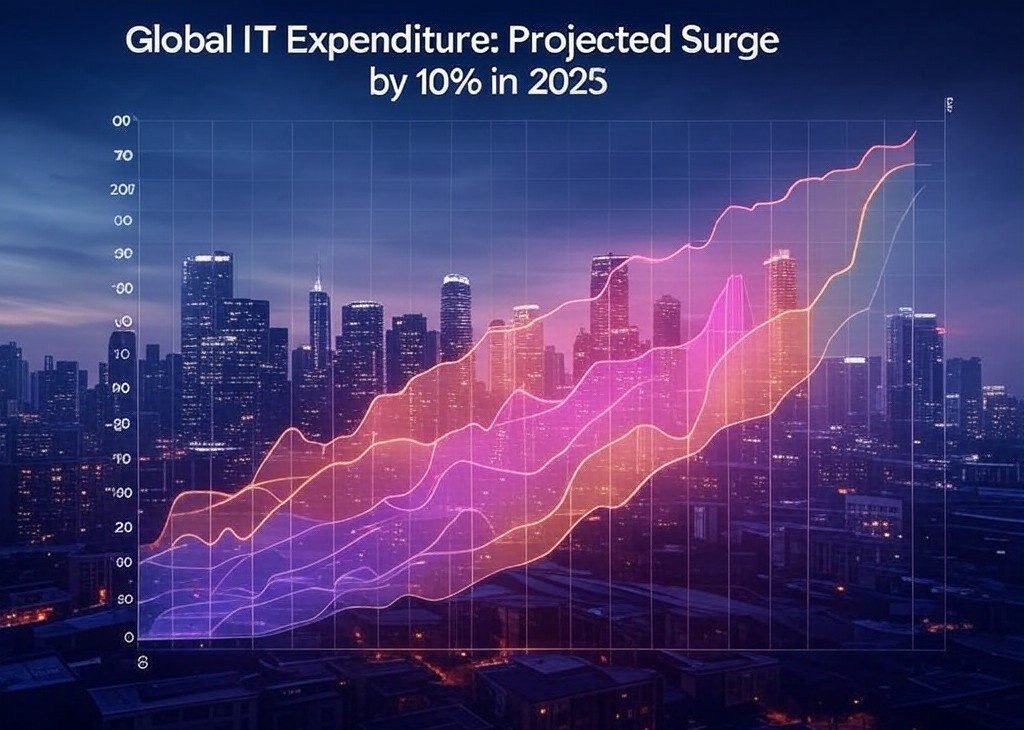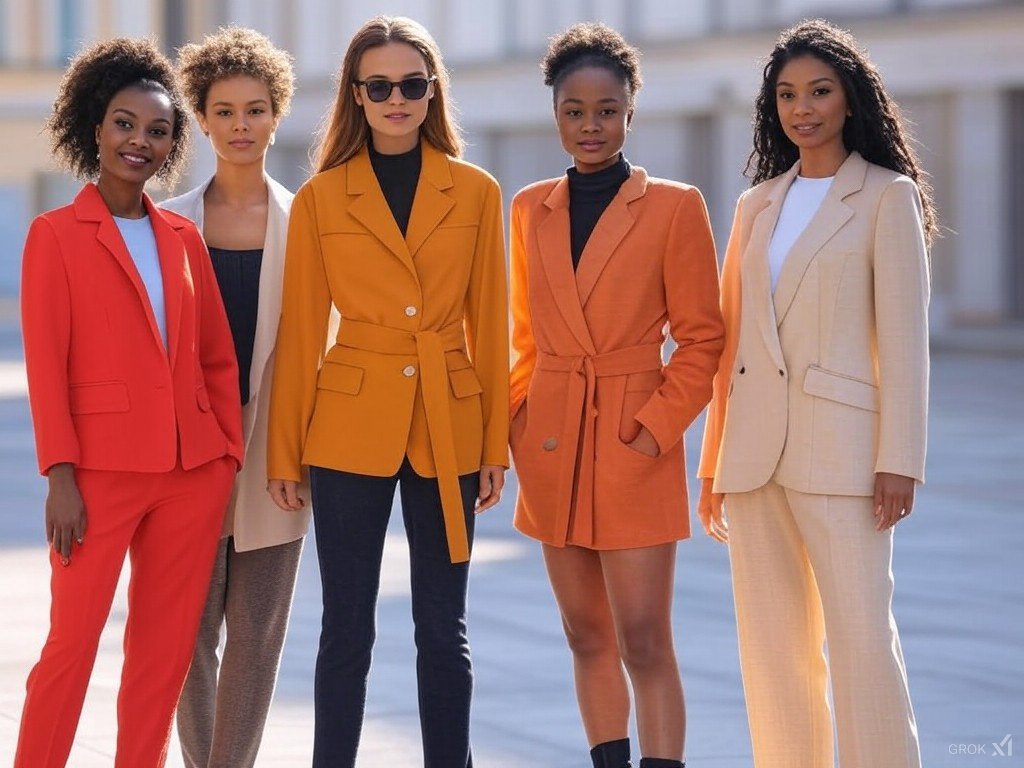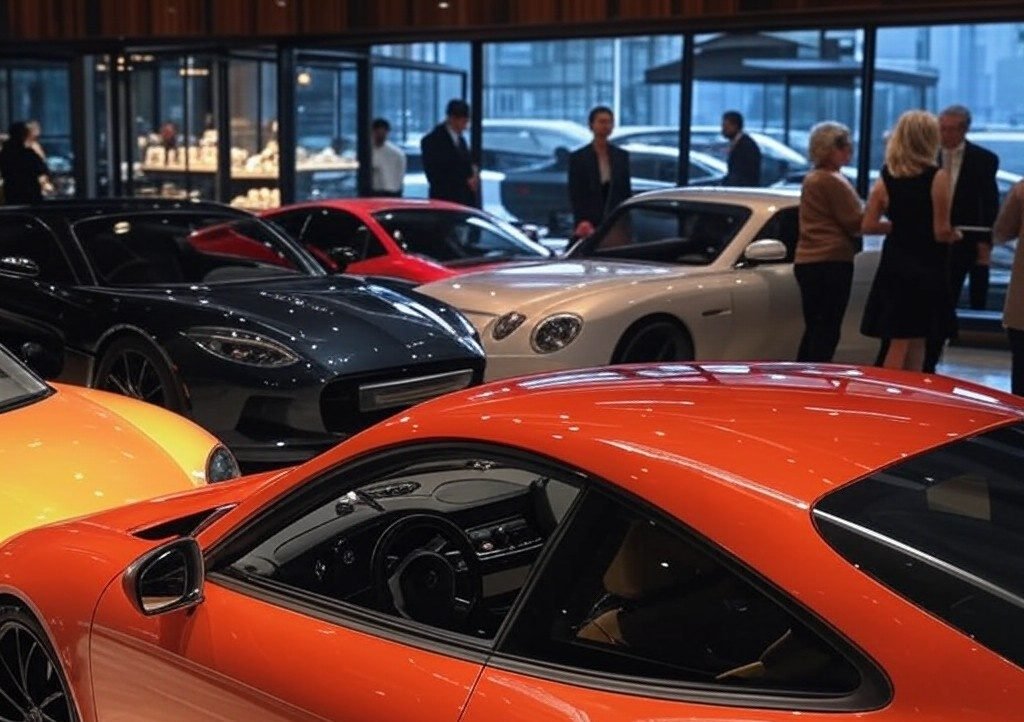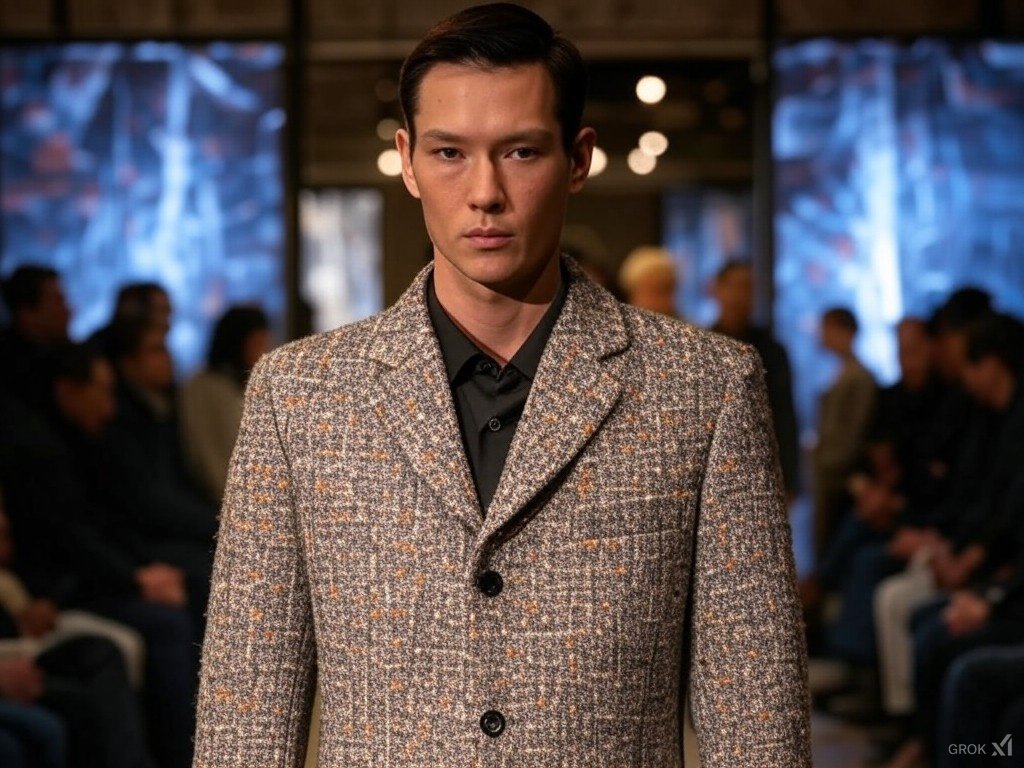The Evolution and Future of Fashion: Insights from Industry Leaders
The fashion industry is a dynamic landscape, continuously evolving to reflect cultural shifts, technological advancements, and changing consumer preferences. As we embark on a new decade, it’s essential to understand the factors shaping the industry and the predictions of leading figures within it. This article delves into the evolution of fashion, the impact of sustainability, and the future trends poised to redefine the industry.
The Transformation of Fashion: A Historical Perspective
The fashion industry has undergone significant transformations over the centuries. From the opulent styles of the Renaissance to the rebellious trends of the 1960s, each era has contributed to the rich tapestry of fashion. The advent of mass production in the 20th century marked a turning point, making fashionable clothing accessible to a broader audience. Today, the industry is at another crossroads, driven by digital innovation and a growing awareness of environmental issues.
As noted by renowned fashion designer Ralph Lauren, “Fashion is not just about clothes. It’s about the way we live.” This sentiment encapsulates the modern understanding of fashion; it is a reflection of societal values and a medium for self-expression.
Shifting Consumer Preferences: The Rise of Conscious Fashion
In recent years, a noticeable shift has emerged in consumer preferences, with a growing emphasis on sustainability and ethical practices. Today’s consumers are more informed than ever, seeking brands that align with their values. This trend is a response to the environmental challenges faced by the fashion industry, including waste, pollution, and exploitative labor practices.
According to a report by McKinsey & Company, “The pandemic has accelerated the shift toward sustainability in fashion, with 67% of consumers saying they consider the environmental impact of their purchases.” This statistic underscores the urgency for brands to adopt sustainable practices, from sourcing materials to production processes.
Technology and Innovation: The Digital Revolution in Fashion
Technology is a driving force behind the evolution of fashion. The rise of e-commerce and social media has transformed how consumers shop and interact with brands. Virtual fitting rooms, augmented reality, and AI-driven design tools are revolutionizing the shopping experience, making it more personalized and efficient.
Furthermore, blockchain technology is emerging as a solution for enhancing transparency in the supply chain. As fashion expert and author of “Fashionopolis,” Dana Thomas states, “The future of fashion lies in transparency, traceability, and trust.” This shift towards accountability is crucial for rebuilding consumer confidence and addressing the industry’s sustainability challenges.
The Role of Diversity and Inclusion in Fashion
Another critical aspect of the industry’s evolution is the increasing focus on diversity and inclusion. The fashion world has historically been criticized for its lack of representation, but recent efforts have aimed to change this narrative. Brands are now recognizing the value of diverse voices and perspectives, leading to a more inclusive approach in marketing, design, and leadership.
As model and activist Ashley Graham asserts, “Fashion should be for everyone, regardless of size, shape, or color.” Embracing diversity not only enriches the creative process but also resonates with a broader audience, fostering loyalty and brand advocacy.
Future Trends: What Lies Ahead for the Fashion Industry?
As we look to the future, several trends are poised to shape the fashion industry. The following areas warrant particular attention:
Sustainable Practices
The commitment to sustainability will continue to grow, with brands exploring innovative materials such as bio-fabricated textiles and recycled fibers. The circular economy will become a focal point, with businesses adopting models that prioritize reuse, repair, and recycling of garments.
Digital Fashion and Virtual Experiences
The increasing integration of digital fashion and virtual experiences will redefine how consumers engage with brands. Virtual fashion shows, digital clothing for avatars, and immersive shopping experiences will likely become mainstream, blurring the lines between physical and digital realms.
Personalization and Customization
Personalization will play a crucial role in enhancing the customer experience. Brands leveraging data analytics and AI will offer tailored recommendations, creating a more individualized shopping journey that resonates with consumers’ unique preferences.
Health and Well-being
As wellness becomes a priority for consumers, the fashion industry will adapt by incorporating health-conscious elements into design. This may include the use of functional fabrics, mood-enhancing colors, and designs that promote physical well-being.
Conclusion
The fashion industry stands at a pivotal moment, characterized by rapid change and innovation. The insights from industry leaders highlight the importance of sustainability, technology, diversity, and consumer-centric approaches in shaping the future. As we move forward, the ability of brands to adapt and respond to these trends will determine their success in a competitive landscape. Ultimately, the evolution of fashion will be a reflection of our collective values, aspirations, and the world we wish to create for future generations.




